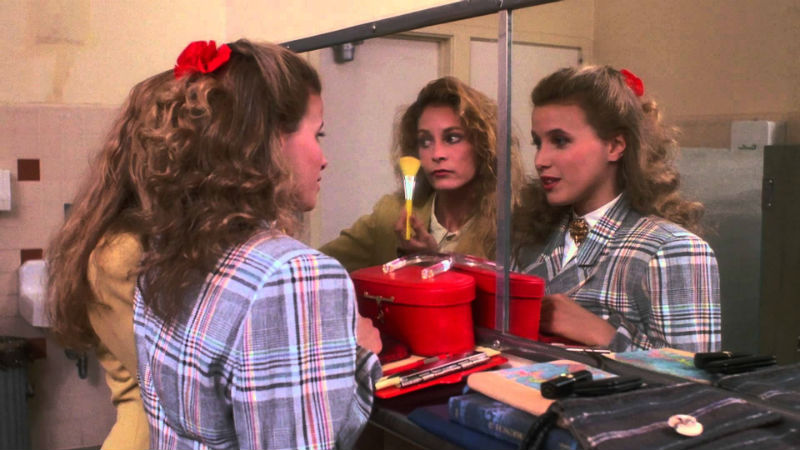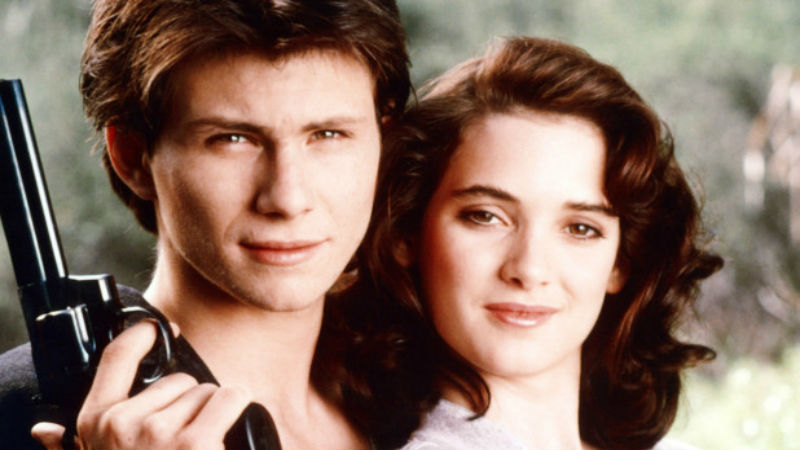Films and music have had a long and exciting history. This dates back to the era of silent films, which were scored by a live band, and even sometimes, an orchestra. A good filmmaker knows that audiences watch with their ears as much as they do with their eyes, recognising a whole new dimension to the cinematic experience. A film’s soundtrack has a profound effect on audiences, contextualising what they see on screen by grounding it in their emotions.
That said, here are my top four favourite films with the dirtiest soundtracks that have elicited the most visceral emotions from myself (and audiences, more broadly) since their premiere.
1. Shaft (Gordon Parks, 1971):
It’s quite rare that a soundtrack supersedes a film, but Isaac Hayes’ work on the soundtrack of 1971’s Shaft changed the landscape of music in film for generations to come. He, along with guitarist Charles “Skipp” Pitts, had worked on the soundtrack, experimenting with abstract melodies. This now iconic sound was only possible through the use of the iconic Cry Baby Classic Wah pedal, an essential part of guitarist Skip’s studio rig. It’s this out-of-the-box (at least at the time) experimentation that gave the Shaft soundtrack its unique quality — something that has stayed with it to this day.
.
2. The Killing of a Sacred Deer (Yorgos Lanthimos, 2017):
Greek auteur Yorgos Lanthimos gave audiences plenty to take away from his modern retelling of the tragedy of Iphigenia, where Agamemnon is forced by the goddess Artemis to sacrifice his daughter after having killed a sacred deer. However, one unexpected takeaway is the most random use of Ellie Goulding’s dance floor hit Burn in cinematic history. The film opens with violence, a pulsing heart in the middle of an operation, juxtaposed with blaring classical music: Franz Schubert’s Stabat Mater in F minor. This sets the tone for the rest of the film, as it approaches its crescendo without batting an eye. Indeed, the smattering of classical pieces from the likes of J.S. Bach, György Ligeti, and Piette-Laurent Aimard ground and subdue the ostentatious nature of the film itself, giving you the false sense that everything will be okay when things couldn’t be further from it.
.
3. Suspiria (Dario Argento, 1977):
From the mind of Dario Argento, the cult classic Suspiria has sent many a viewer down the rabbit hole — if the rabbit hole was a dance academy in some obscure town in Germany. While a lot can be said about the different aspects of this iconic film, nothing is more synonymous with Suspiria than its score. The film’s soundtrack, created by Italian progressive rock band Goblin, helped push Argento’s horrific technicolour vision. The band created a slew of eclectic tones and featured one of the earliest uses of synths in horror that gave audiences the lingering feeling of dread all throughout the film. The film has since been remade in 2018 by Luca Guadagnino with Thom Yorke taking over soundtrack duties.
.
4. Thoroughbreds (Corey Finley, 2017):
Thoroughbreds is Cory Finley’s black comedy directorial debut, which can be described as Heathers (Michael Lehmann, 1979) without the remorse. While this technically is a black comedy, we’re dead serious when we say that this film will move you like no other. A huge reason for this is Erik Friedlander’s jangly nerve-wracking score. Friedlander is a classically trained cellist who has worked on films like 2017’s Oh Lucy (Atsuko Hirayanagi). While the score does add to the film’s visceral effect, where it truly shines is when Friedlander uses silence as a tool to stretch tensions to their breaking point. He bends the elements of tension to his will and inflicts it upon the audience like a knife in the dark. All in all, Thoroughbreds will go down in the history of cinema as a cult classic, and so will Friedlander’s score.










